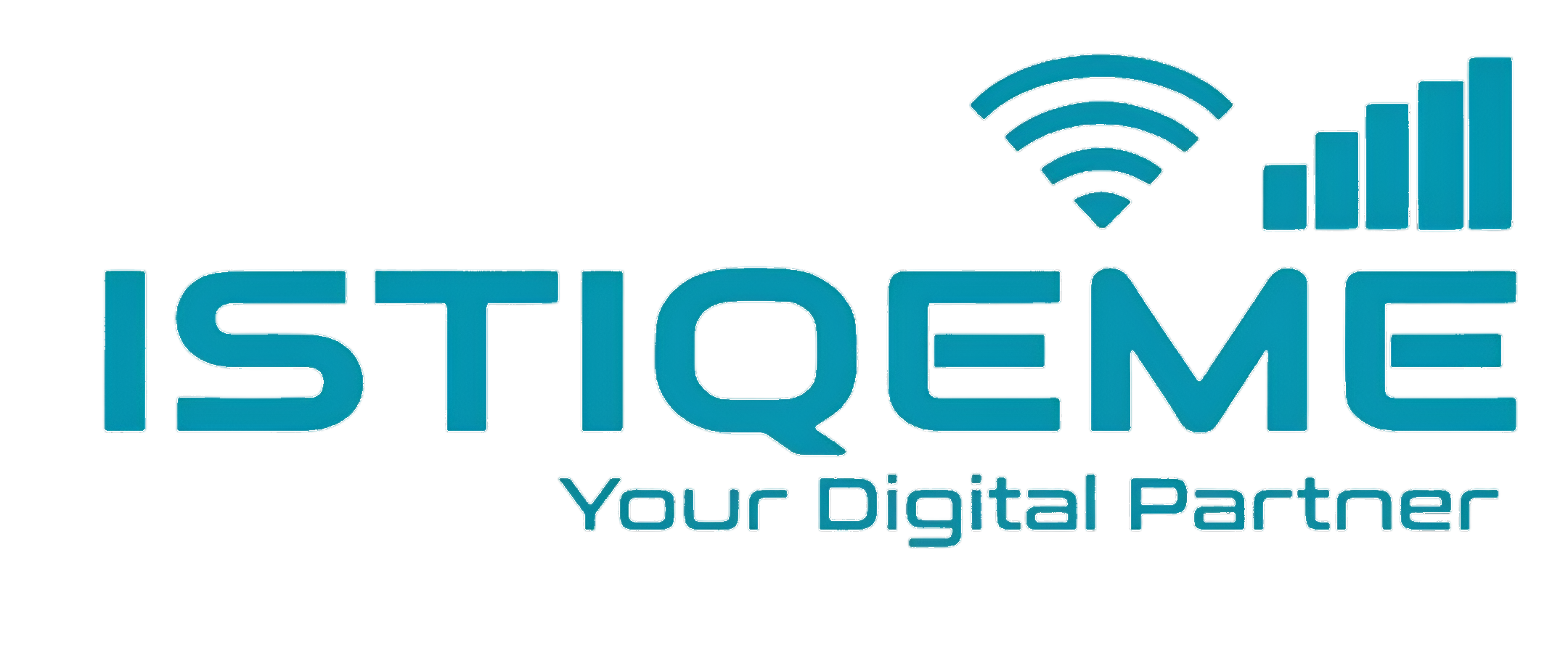On June 27, 2025, Pakistan’s Finance Division informed the Economic Coordination Committee (ECC) that the government is considering scaling back certain incentives designed to boost remittance inflows, due to soaring costs associated with the schemes.
Currently, five major remittance incentive programs are being implemented by the State Bank of Pakistan (SBP) and the Pakistan Remittance Initiative (PRI), with the TT Charges Scheme being the flagship initiative. This scheme provides a “zero-cost” model for both senders and recipients of remittances, aimed at encouraging the use of formal banking channels.
What the Current TT Charges Scheme Offers
Under the version approved in August 2024, the scheme reimburses SAR 20 (Saudi Riyals) for every remittance transaction of $100 or more. Additional incentives include:
- SAR 8 per transaction for up to 10% annual growth in remittances (or up to $100 million).
- SAR 7 more per transaction for growth exceeding that threshold.
Surging Remittance Inflows, Soaring Costs
According to SBP, remittances from July 2024 to May 2025 reached $34.9 billion — a 28.8% increase ($7.8 billion) from the same period last year. Based on this momentum, total inflows are expected to hit a record $38 billion by the end of June 2025.
But with this growth comes a fiscal challenge. The remittance incentive schemes cost the government over Rs 200 billion in FY 2025 — approximately Rs 50 billion per quarter. The TT Charges Scheme alone accounted for Rs 170 billion, or 85% of the total cost.
SBP’s Proposal: Targeted Reforms, Cost Savings
To manage this financial burden, the SBP has proposed a set of changes starting July 1, 2025:
- Raise the Minimum Transaction Threshold: From $100 to $200.
- Simplify Incentives: Move from variable rates to a flat rebate of SAR 20 per eligible transaction.
- Merge Incentive Programs: Combine the Exchange Companies Incentive Scheme (ECIS) into the TT Charges Scheme and discontinue the Marketing Incentive Scheme (MIS).
- Future Planning: Develop a phased exit strategy and cost-sharing mechanism with banks and aggregators.
SBP estimates these changes will cut the incentive-related costs to Rs 88 billion in FY 2026 — a reduction of over 57% from the previous year.
Caution on Sudden Changes
Despite the urgency to reduce costs, ECC members emphasized the need for a proper transition strategy. They acknowledged the potential behavioral impact of removing incentives, especially as many remittance senders and recipients have grown accustomed to the existing benefits.
The committee urged SBP and the Finance Division to conduct a detailed cost-benefit and sensitivity analysis, especially around:
- Behavioral responses to incentive cuts.
- The potential risk of remittances shifting back to informal channels.
- Integration of remittance systems like Raast, Buna, and SAMA to reduce costs and improve efficiency.
ECC Approval with Conditions
The ECC gave conditional approval to SBP’s proposals but directed the authorities to:
- Finalize a comprehensive transition plan.
- Ensure a smooth and data-driven phasing out of the schemes.
- Align policy changes with technological upgrades and regulatory controls that encourage formal remittance flows.
Takeaway:
Pakistan is facing a tough balancing act — sustaining strong remittance inflows while rationalizing the rising cost of government-funded incentives. While the reforms aim to ensure fiscal sustainability, the transition must be handled carefully to avoid unintended disruptions in formal remittance flows.
